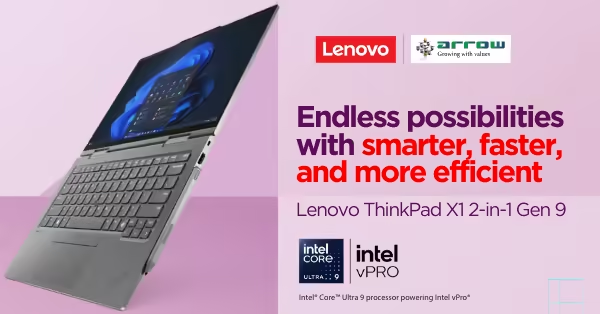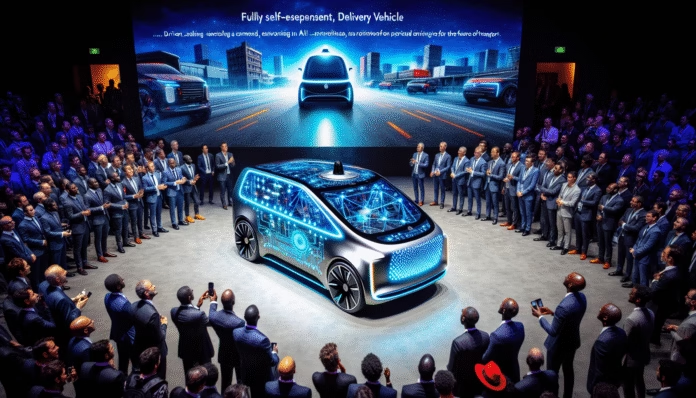On the surface, it looked like a landmark moment: a Tesla Model Y, gleaming under the Texas sun, pulling out of the Gigafactory in Austin with no driver, no remote operator—just software and sensors navigating the roads. The destination? Its new owner’s home. The mission? To prove Tesla’s long-promised dream of full autonomy had arrived.
But the delivery ended with an awkward twist that perfectly captured the tension between innovation and real-world execution.
A Fire Lane, A Red Curb, and a PR Misfire
That now-viral moment when Tesla’s prized Model Y pulled up and parked itself directly in a clearly marked fire lane wasn’t just a minor oops. It was symbolic.
Despite Elon Musk’s celebratory tone on social media, the car’s choice of a no-parking fire lane as its final resting spot turned a tech victory into a logistical embarrassment. Was it a fluke? Was it legal? Or was it another example of Tesla’s tech moving faster than common sense?
It raises a more serious question: If autonomous vehicles can’t follow basic traffic signage, how close are we really to a robotaxi-powered future?
A Pattern of Glitches — Not Just a One-Off
Tesla’s claim that this was the “first fully autonomous delivery on public roads” has sparked as much skepticism as it has praise. And rightly so.
Yes, the drive happened. But this isn’t Tesla’s first rodeo with PR-driven tech rollouts that don’t quite match the behind-the-scenes reality. Case in point? That now-infamous 2016 video where a Tesla appeared to drive itself. Later, the company admitted the route was pre-mapped and the car had crashed during filming.
It’s no surprise that Elon Musk, known for bold statements, is framing this moment as a breakthrough. But the real test is in consistent, reliable performance—not just one successful stunt.
Take Waymo, for example. The Google-backed autonomous driving company has been running fully driverless vehicles on highways in Phoenix since 2024—but they’re keeping it quiet, limited, and tightly controlled. That contrast speaks volumes.
Cracks in Tesla’s Robotaxi Rollout
Tesla’s autonomous software—now central to Musk’s robotaxi vision—has been under intense scrutiny. Since the launch of its limited robotaxi service in Austin, videos have surfaced of cars braking erratically, drifting over double yellow lines, and missing basic safety cues.
Let’s not forget: Tesla’s so-called “Full Self-Driving” still requires the driver to stay alert and ready to intervene. Yet here we are, with Tesla marketing a hands-off experience.
Regulatory bodies like the National Highway Traffic Safety Administration (NHTSA) have taken notice. While no formal investigation has begun, discussions are underway—and history suggests they’re watching closely.
The Broader Takeaway for Businesses and Tech Leaders
This event isn’t just about one autonomous delivery gone wrong. It’s about how technology businesses navigate the fine line between bold innovation and responsible deployment.
At Arrow PC Network, we’ve seen firsthand how rushed rollouts and underdeveloped systems can harm trust and create more noise than value. That’s why our IT Services by Arrow PC Network – Tesla, and other enterprise offerings, prioritize rigorous testing, compliance, and smart AI integration over shiny headlines.
In the business of technology, stability and credibility matter just as much as novelty. A stunt may grab attention, but reliability builds market confidence.
What’s Next for Tesla—And the Industry?
Tesla’s fire-lane finale might have ended in a social media punchline, but it also points to a bigger reality: Autonomous driving isn’t just a software problem—it’s a systems problem.
From traffic laws and edge-case scenarios to ethical driving decisions, the road to full autonomy is far more complex than Silicon Valley soundbites make it seem.
For now, companies like Tesla will continue to push the limits. But until the technology proves it can handle the real world without creative parking violations, most customers—and regulators—will remain cautiously optimistic.
Thoughts…
Innovation without guardrails might impress in a promotional clip, but it won’t survive in the real world. If Tesla wants the world to take its robotaxi dreams seriously, it has to move beyond the theatrics—and into the discipline of true tech leadership.
And for the rest of us? Whether you’re scaling autonomous systems or deploying smart IT services, the lesson is clear: real innovation earns its reputation not through stunts—but through trust.



